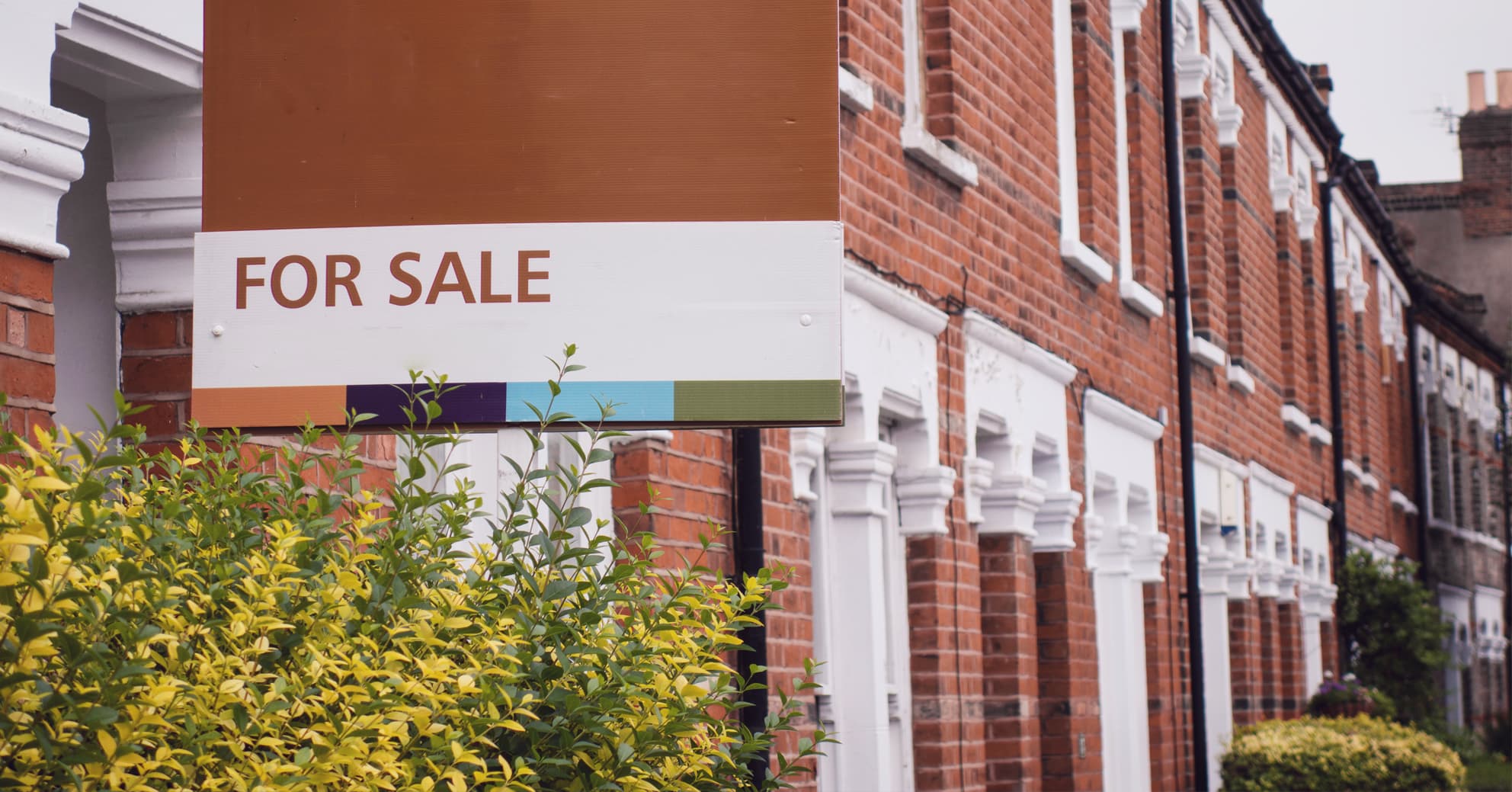
Buy To Let in the UK 2019
Posted on: 8th January 2019 in
Mortgage & Property
New Buy-To-Let (BTL) mortgages in the UK have fallen in number by a third in two years. But don’t write the sector off!
After all, over 60,000 BTL new mortgages are expected to go through in 2019. And there’s plenty to offer the investor looking to park some of their pension in property that could pay for itself eventually – despite a triple whammy of government-backed attacks on the UK BTL sector last year in stamp duty, tax relief and lending rules.
This barrage of financial legislation has serious ramifications for the future: average yields from UK BTL are predicted to fall from almost 5% in 2018 to just over 4% in 2023. The market is getting tougher. But that does not mean a canny investor cannot thrive.
Remember that, even if a landlord is only breaking even on rent, any property is likely to rise in value over the long-term. As an investment class, UK property outperformed the stock market between 2000 and 2014.
And experts say that, with the right advice, investors can avoid the new legislation being a financial prang. MD Karen Bennett for Commercial Mortgages reports that, “the market remains buoyant for those with a long-term strategy who draw upon specialist advice to fully understand the impact of these policy shifts.”
In other words:
know how to navigate the legislation sensibly, and BTL still offers advantages.
Resilient UK Buy-To-Let Sector: 2018 Survivor!
One of the key advantages of BTL is exposure to the underlying value of the property asset. That remains, whatever tough regulation is currently in fashion. But would-be landlords in the UK have been put off recently. Buy-To-Let in the UK attracted a third less new investors in 2017 (75k new BTL mortgages) than it did in 2015 (117.5k new BTL mortgages). That’s a two-year drop of 36%.
Brexit hasn’t exactly helped investor confidence (!). But apart from that, no less than four factors have made it difficult for UK landlords to see how BTL can work financially:
- Stamp Duty hike: 3% surcharge on stamp duty introduced in 2016.
- Tax Relief cut: a controversial and progressive government scheme that is slashing relief on mortgage interest.
- Lending Rules tightening: more difficult to get a BTL mortgage.
- Housing market cooling: less transactions generally.
Despite these pressures, the number of new BTL mortgages is expected to start rising again in just 3 years – 2021.
And the top threat to BTL landlords in 2019?
… are the cuts to mortgage interest tax relief to be phased in from 2017 to 2020. These cuts, which make BTL more expensive, were designed to support first-time buyers in the wider housing market; the method being to discourage big landlords from buying up too much of the stock. Big landlords were the target. But it turns out that it is the smaller investors who have ended up getting squeezed out.
Adam Male of UK letting agent Urban.co.uk says that, “it is those with the extensive knowledge and resources within the buy-to-let market that are able to take advantage of the shifting landscape – and the average landlord with one, maybe two, properties are feeling the pinch and having to exit the sector.”
How does the BTL tax relief cut work?
For tax purposes, landlords used to be able to include their mortgage interest as an expense. This meant that they would pay tax on the net profit of their BTL operation.
With the new rules phasing in a staggered reduction to this tax relief, landlords will by 2020 no longer be able to claim a single penny of mortgage interest as an expense. Critics say this means the investor will be getting taxed unfairly. That’s because disallowing a cost of the business from tax relief means it is effectively gross income rather than the net profit of the BTL business that is being taxed. Put simply – if you’re in the potato business, you don’t get taxed on your costs in buying and managing those potatoes; rather, you get taxed on what remains of your money when you’ve sold your potatoes and paid for everything else. So why should it be any different in the buy-to-let property sector? It’s certainly one view on legislation that is likely to remain something of a hot potato itself.
An influential report from the Shawbrook Bank and CEBR “suggest that for some landlords, especially high tax payers with a leveraged portfolio of properties, their buy-to-let properties will become loss-making if their mortgage interest cost is 75 per cent of rental income or more.” (thisismoney.co.uk)
BTL opportunities in 2019
- The top average rental yield for the UK Q4 2018 was 11.99% in Nottingham (postcode NG1).
- Yields continue to be low in the UK capital London. Avoid North of the River and look East; postcodes E6, E15, E13, E14 and E4 all rank in the top 10 for London.
- “For a buy-to-let safe bet, start looking for properties in university cities.” (Shawbrook and CEBR)
- Interest rates for BTL mortgage lending have been very low as lenders try to tempt a shrinking market. But interest rates are set to rise – that’s the expert consensus. The average five-year fixed buy-to-let rate sank to a low of 3.40 per cent in October 2018, but has since drifted up to 3.54 per cent.
- Nobody knows what the impact will be of the 2019 Tenant Fees Bill, which will remove letting agent charges to tenants as well as place a cap on damages fees to tenants.
Top 10 Buy-To-Let postcodes in Britain
- 1. NG1 (Nottingham) – average rental yield 11.99%
2.
L7 (Liverpool) – 9.79%
3.
TS1 (Cleveland) – 9.45%
4.
L1 (Liverpool) – 9.33%
5.
NG7 (Nottingham) – 8.89%
6.
NE6 (Northeast) – 8.43%
7.
NE1 (North East) – 8.16%
8.
S2 (Sheffield) – 8.16%
9.
SS1 (Southend-on-Sea) – 8.02%
10.
BD1 (Bradford) – 8.00%
(Source: Q4 2018 figures from totallymoney.com)
Bottom 10 Buy-To-Let postcodes in Britain
- 1. CW12 (Crewe) – average rental yield 1.88%
2.
HP9 (Hemel Hempstead) – 1.91%
3.
N6 (London) – 1.93%
4.
WD7 (Watford) – 1.99%
5.
TW20 (Twickenham) – 2.00%
6.
DY9 (Dudley) – 2.12%
7.
EN6 (Enfield) – 2.13%
8.
YO11 (York) – 2.14%
9.
GU29 (Guildford) – 2.16%
10.
BR7 (Bromley) – 2.18%
(Source: Q4 2018 figures from totallymoney.com)
Is BTL still worth it?
Buy To Let in the UK is definitely still worth looking at. It all depends on where your own finances stand and what your long-term objectives are. BTL is just one option for making a long-term investment.
A key factor to consider is how much of a mortgage you will need to take out. Too big a mortgage, and you will fall foul of the ongoing cuts to mortgage interest tax relief. If your mortgage interest payments are 75% or more as a proportion of your projected total rental income, experts say the new UK mortgage relief cut will put your BTL business in the red.
Using an IFA to talk through your options can help you make an informed decision. Based abroad? Using a reputable mortgage broker in your expat country of residence can make arranging a BTL mortgage in the UK a lot easier – and that’s because mortgage brokers handle this sort of business routinely.




